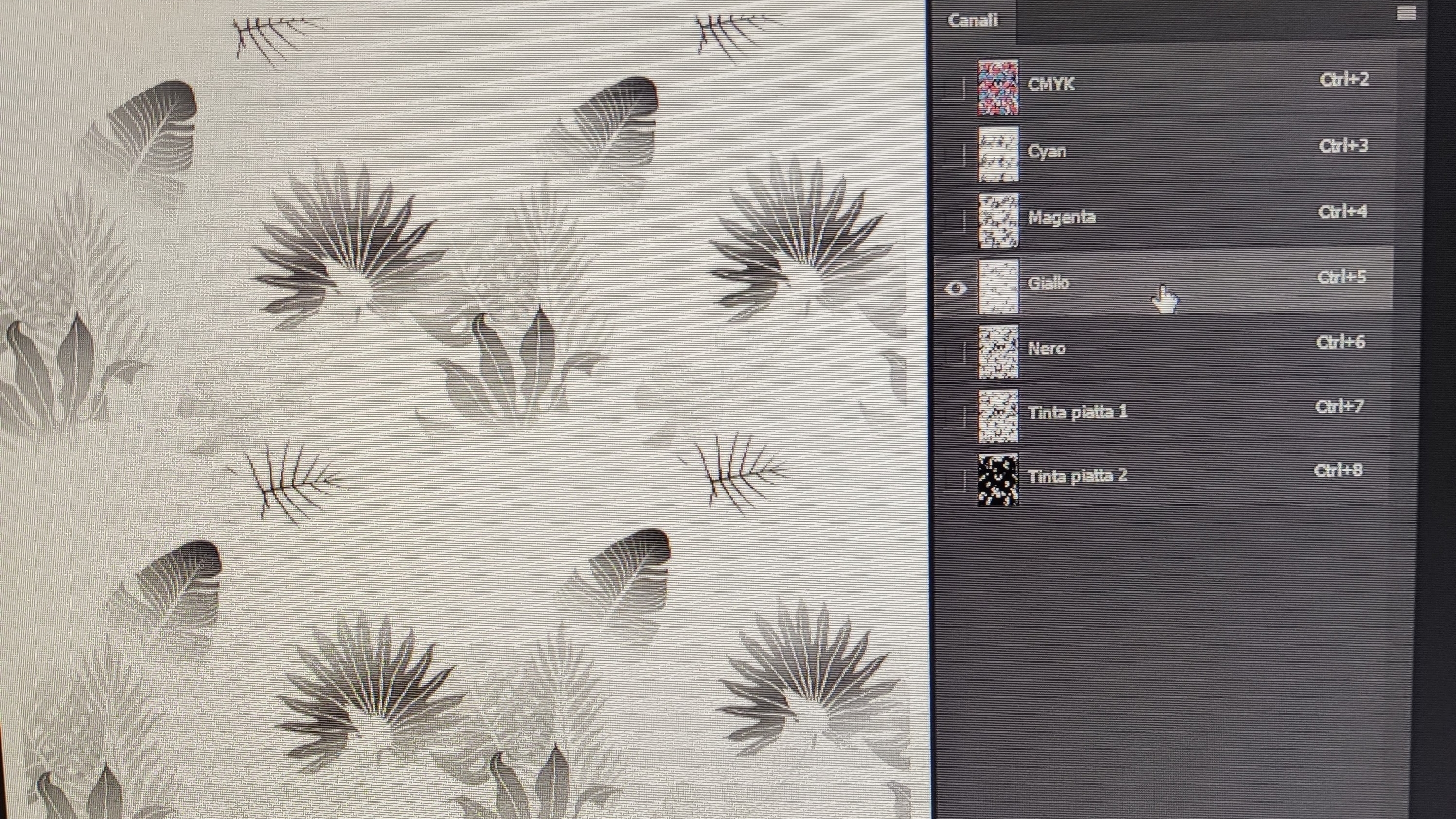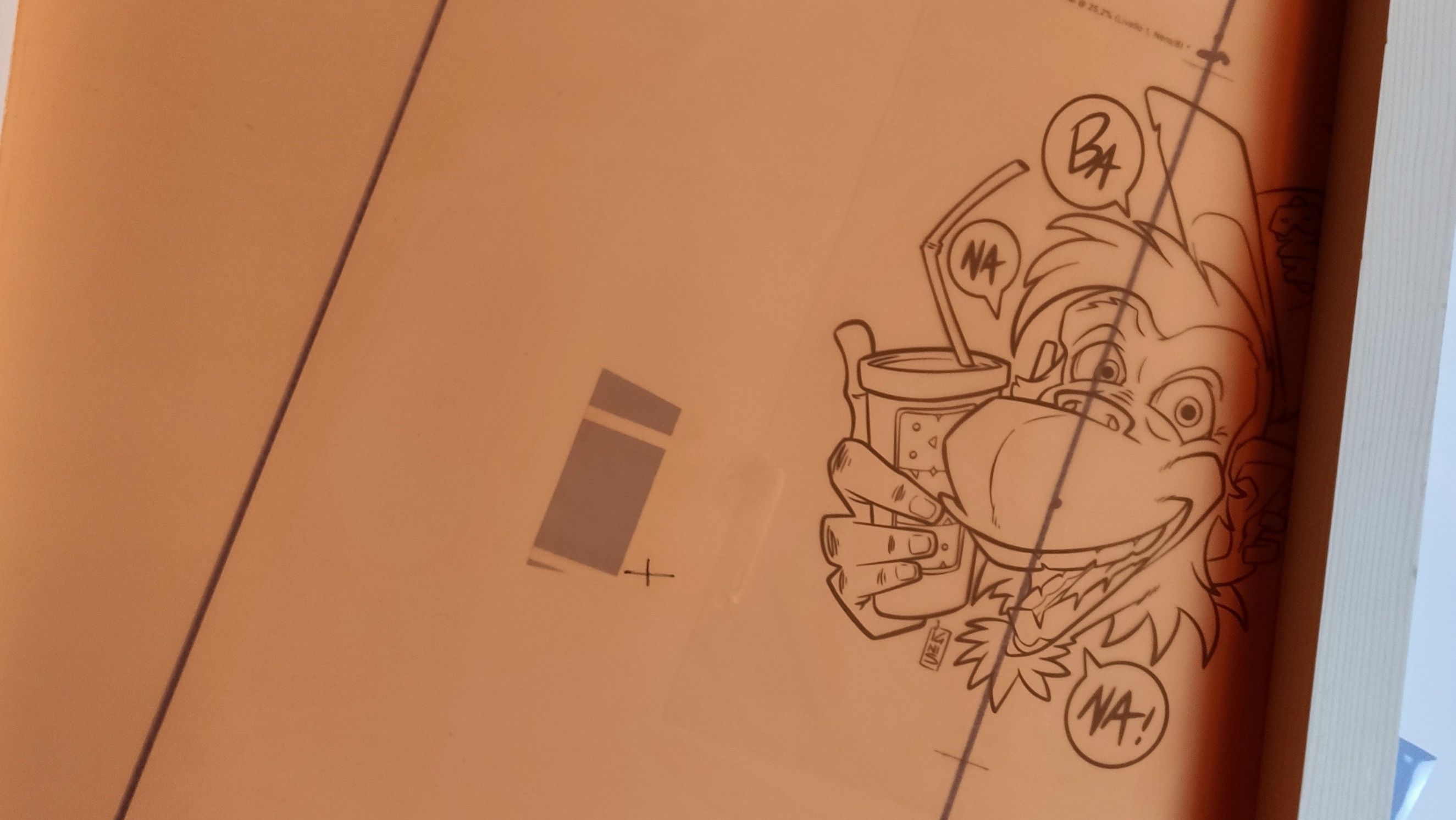


From the historical mounting technician to modern processing software. It’s worth remembering how indispensable this role was and how file and layout creation are always crucial procedures
by Angelo Barzaghi, screen-printing teacher and founder of Accademia Serigrafica
A key figure in historical industrial printing, be it litho, offset or screen, has always been the mounting technician: a crucial role in the process of creating printing stencils, both for screen printing frames and plates.
Screen making, composition and mounting have always been crucial for the entire production: a simple inscription to be screen printed, a colour on a calendar header or a CMYK magazine layout... to give just a few examples. The screen and, consequently, the stencil are at the heart of every print run. Even today, when the digital world has partly replaced a lot of the procedures, the file and layout creation phases are key steps, decisive ones even.
Diversified tasks
Pre-press is therefore the entire process preceding the phase of reproducing the data on the final medium. Today when we talk about pre-press, it means something completely different to what it used to, but ultimately, the processes are more or less the same. The only difference is the steps and timing.
In essence, the mounting technician performed the task of building the graphic structure of a page layout, now handled by digital software, regardless of whether it was destined for offset, litho, screen or flexo printing.
Key steps
The task was not only to mount (hence the name ‘mounting technician’) several layers on a single page - all perfectly aligned and arranged so there were no construction or layout issues - but also to check and correct typing errors, reproduction defects (they worked in darkrooms so even a speck of dust on an enlargement could be disastrous) and ensure a smooth transition between negative and positive. In addition, they were responsible for mounting and registering several pages on top of one another, pages which often gave rise to four-colour prints, at times quite complex.
This method created a layout with several graphic pieces (drawings, photos, texts) by sticking them to a transparent base (mounting plate) using specific adhesive tapes, putting it all through the darkroom for the final 1:1 type and, after careful checks, getting the final positive. Over the years, this procedure has been replaced by autopositive films, i.e. films that don’t require an intermediate step to get the negative.
The limitations of modern times...
In modern times, the importance of good pre-press is frequently underestimated, often relying on unprofessional and (most of the time) unprepared workers. On top of that, increasingly powerful, 'autonomous' and 'do-it-yourself' software does the rest.
For those in this sector who are not quite so young, the experience gained in the company of people like the now (alas) bygone mounting technician has left not only a bit of nostalgia, but also a firm awareness: if you want to work seriously and professionally, it’s important to learn from those who could create great things with simple means.